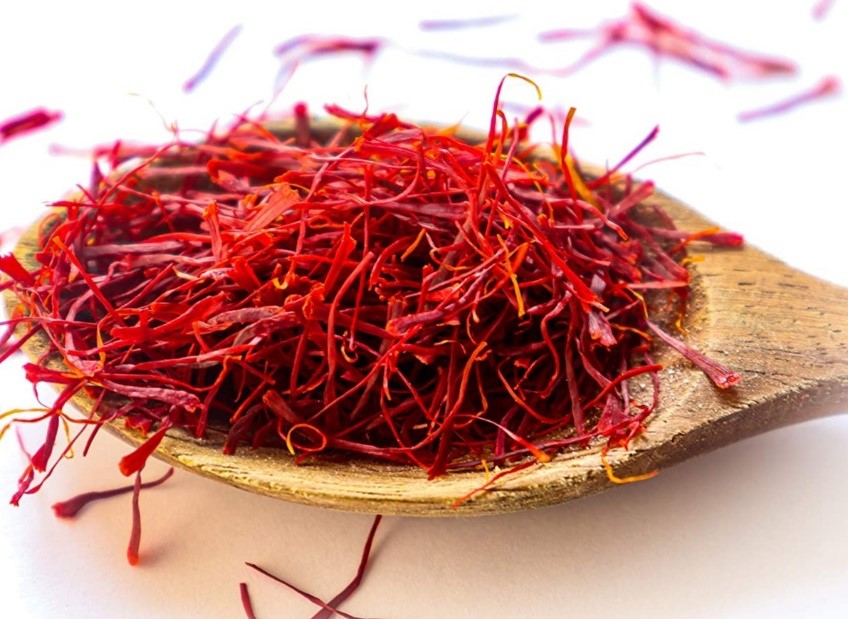Understanding Storage and Shelf Life
Saffron is one of the most luxurious and expensive spices in the world, known for its vibrant color, unique flavor, and numerous health benefits. But like all spices, you may be wondering: do saffron threads go bad? The answer depends on how saffron is stored, its age, and its quality. In this article, we will discuss the shelf life of saffron threads, how to store them properly, and how to tell if your saffron has gone bad.

The Shelf Life of Saffron Threads
Saffron threads, when properly stored, can last a long time. However, they do not last indefinitely. Like other spices, saffron’s potency and flavor diminish over time, even if it’s not “spoiled” in the traditional sense. Typically, saffron can last anywhere from 2 to 3 years if stored correctly. After this period, the flavor and aroma may fade, but it is still safe to consume. If you’re wondering whether saffron can “go bad” or spoil, it depends more on the loss of quality than actual spoilage.
How to Properly Store Saffron Threads
Proper storage is key to extending the shelf life of saffron. To keep your saffron fresh for as long as possible, follow these essential tips:
- Keep it in a Cool, Dark Place: Heat, light, and humidity are the enemies of saffron. Store your saffron in an airtight container, preferably a glass jar, and place it in a dark cupboard or pantry. A cool, dry environment is ideal for maintaining saffron’s potency.
- Avoid Direct Sunlight: Sunlight can cause saffron to lose its vibrant color and aroma. Always store it away from direct light, as ultraviolet rays can break down the delicate compounds that give saffron its distinct flavor and fragrance.
- Airtight Container: Saffron should be stored in an airtight container to protect it from moisture and air, which can cause the threads to lose flavor. Glass jars with tight-fitting lids work best, but you can also use vacuum-sealed bags.
- Keep it Dry: Moisture is one of the biggest factors in saffron’s degradation. Exposure to moisture can cause saffron to clump together and lose its fragrance. Ensure the storage container is dry before sealing the saffron inside.
How to Tell if Your Saffron Has Gone Bad
While saffron doesn’t spoil in the traditional sense, its quality can degrade over time. There are several signs to look out for to determine if saffron has lost its potency or should be discarded.
Loss of Aroma and Flavor
The most significant sign that saffron is no longer fresh is a noticeable loss of aroma and flavor. When saffron is fresh, it has a strong, floral fragrance and a rich, earthy taste. If you notice a significant decrease in these qualities, it may be past its prime. You can check the scent by gently rubbing the threads between your fingers. If the scent is faint or absent, it may be time to replace your saffron.
Faded Color
Fresh saffron threads are deep red and vibrant in color. If the saffron has lost its bright red hue and turned yellow or pale, it could indicate that it has degraded due to improper storage or age. While color loss doesn’t necessarily mean the saffron is unsafe, it does signal that the spice may no longer have the desired flavor or potency.
https://saffronexporter.com/how-long-does-it…-to-grow-saffron/573/
Clumping or Sticky Texture
If saffron threads feel moist, sticky, or clump together, it’s a clear sign of exposure to moisture or humidity. This can lead to a loss of quality and may also cause the saffron to spoil. If the threads feel excessively wet or sticky, it’s best to discard them.
How to Extend the Shelf Life of Saffron
To ensure that your saffron lasts as long as possible and retains its flavor and aroma, take steps to protect it from common storage pitfalls:
- Avoid Storing in the Fridge: Some people believe refrigeration can extend the life of saffron, but it can cause the threads to absorb moisture, which damages their flavor. Keep saffron at room temperature in a dry area instead.
- Use Fresh Saffron in Smaller Quantities: If you don’t use saffron frequently, it may be a good idea to purchase smaller quantities at a time. This way, you can ensure that the saffron you are using is always fresh and at its peak flavor.
- Seal Immediately After Use: After using saffron, immediately seal the container to prevent exposure to air, which can cause the spice to lose its fragrance over time.






